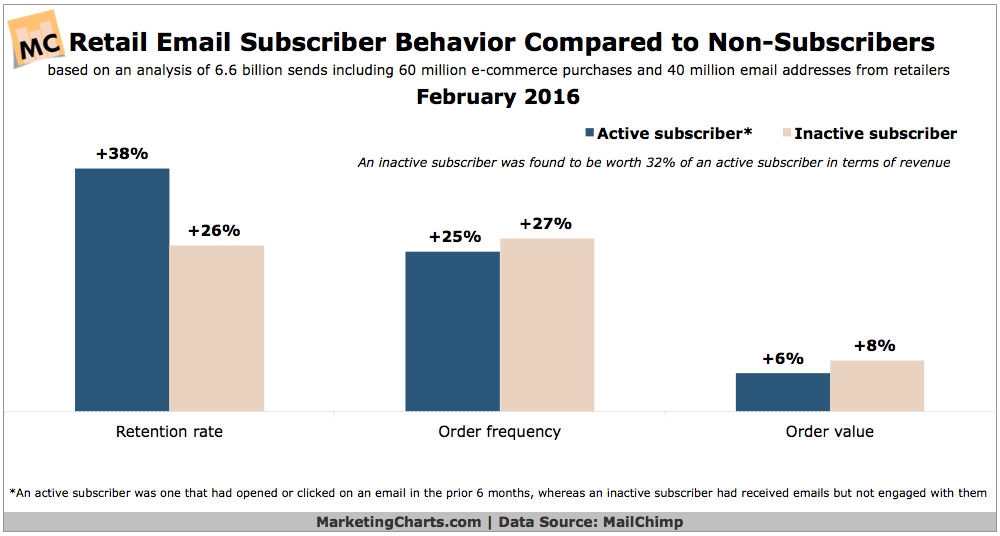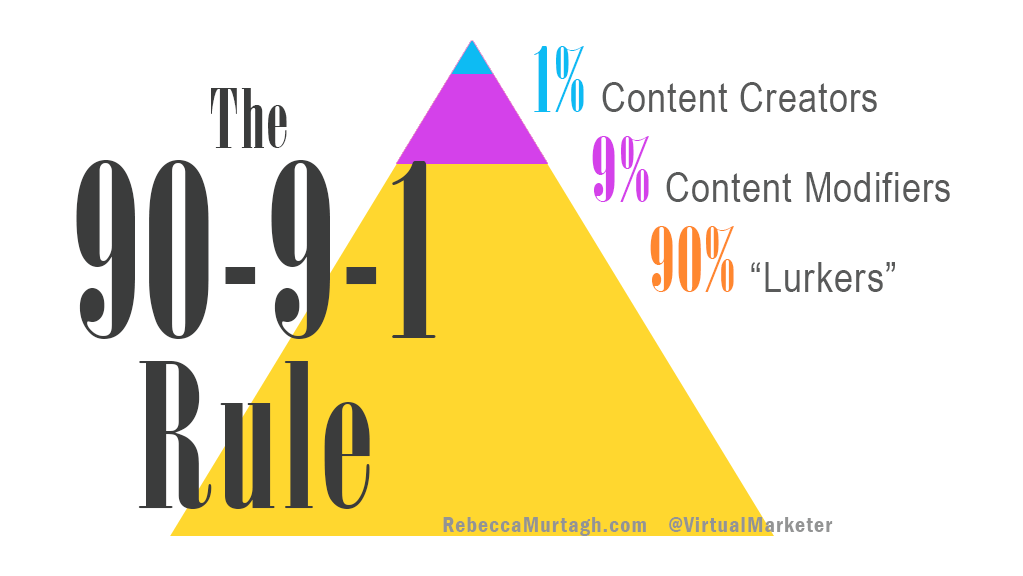
Success lies in the relationship you have with each member of your audience.
‘The List’ is the lifeblood of any brand seeking to generate revenue, grow market share and create a sustainable business model that can adapt as the marketplace changes.
From the era of direct mail and traditional marketing to the digital age of websites, email, big data, search, social media, CRM, marketing automation, e-commerce and mobile commerce; one fact will always be true: The Money Is in The List.
What is “The List”?
“The List” is essentially the collective audience of a brand. This includes every customer type, from consumers to media, employees and investors. Each audience type will have a slightly different interest in the brand. Being able to identify and communicate with each type of customer is imperative. The more strategically inbound and outbound communications, social media and website content are optimized to resonate with audiences; the higher response, engagement and conversion rates will be.
The quality of the list is key. The higher the quality of the list is, the more effective marketing and sales efforts will be. It is imperative that the list be owned and managed by the brand, regardless of how it was curated. You may be familiar with my advocacy of the website as a vital business asset. The list is also a business asset that can exponentially increase the value of a business.
Compare Company A with one list that is comprised of customers who have purchased product or services to Company B with multiple lists of customers, influencers, blog subscribers, social media contacts, media contacts, investors (including crowdfunding backers), event attendees, those who have downloaded whitepapers, eBooks, reports, etc. – representing every phase of the purchase decision.
Which company is more valuable?
No-brainer, Company B.
The List is a business asset. Protect it like a trade secret; No exceptions. – Rebecca Murtagh @VirtualMarketer
History of The List
Before the Internet, lists were primarily used for distribution of marketing material and sales. Often, due to the cost of producing and mailing marketing collateral, the list would be trimmed to only include those who responded. The unintended consequence of removing inactive members from the list was that it eliminated future revenue opportunity. Performance of marketing campaigns (and relationship to sales) were essentially defined by response rate of the list. KPI (key performance indicators) such as how many phone calls, coupons redeemed, postcards or surveys returned, catalog requests, subscriptions, mail orders, store visits or purchases would validate the quality of the list.
The List Today
The Internet has created many more channels to create a quality list. The web makes building, managing and marketing to the list faster, easier to manage and measure through a wide variety of web-based applications and tools. The list is the foundation of email, CRM and relationship-management and marketing automation platforms. The top revenue models that support a business; including eCommerce, mobile Commerce, subscription, freemium to paid applications and platforms all require the aggregation and nurturing of a quality list to reach KPI’s that support goals and the bottom line.
To be successful, the brand must have a clear strategy of how it will attract, reward and sustain a relationship with each member of its list.
Psychology of The List
The decision to engage a brand is a deliberate act that can establish a life-long relationship – or at least a meaningful one – when you understand what makes your customers tick. Sure, some will jump in with both feet and take action. The lack of action should not deem the others unworthy of remaining on the list.
Never Underestimate Lurkers
Inactive members of a list are often dismissed. Writing these audiences is a mistake when looking at the big picture.
Value of Inactive Email Subscribers
As demonstrated by the chart below, inactive subscribers represent approximately 30% of the value of an active subscriber.

The 90 – 9-1 Percent Rule
Approximately 90 percent of social media users are “lurkers”. These individuals observe, read and may even share content, proving that digital marketing cannot be measured solely by clicks and conversion. Each member of the list has the ability to influence others, even if they never purchase themselves. I explore this in-depth in my upcoming book ‘Spheres of Influence’ (to be published in 2016).

The lesson? Until someone opts out, never exclude them or underestimate their value.
Segmented Lists Make Communication More Relevant
Connecting with customers based on what is important to them amplifies value, increases visibility and the value of the list over time. A segmented list makes this much easier.
Communicating with your collective audience in a general fashion, communication is less likely to inspire engagement, sharing and action than targeted, relevant communication, engagement and offers based on what has been learned about each customer. Well-targeted content is also vital to SEO (search engine optimization) , PPC, advertising campaigns and highly effective when consistent across all marketing and sales communication.
List Segmentation is Vital
Customization of communication, calls to action and offers to resonate with each segment of the list greatly enhances relevance and response. Imagine that with every segment is access to multitudes of more people like those in the list, based on shared elements that I call ‘Spheres of Influence’.
Birds of a Feather Flock Together
When a member of the list is inspired to act, the brand gains the potential to reach others like them (through Spheres of Influence).
List Segmentation Samples a/k/a Spheres of Influence
- Professional Association
- Referral Source (social media, event, blog, book, referral, etc.)
- Education
- Geographic location
- Age
- Profession
- Hobbies
- Topics of Interest
- Travel Destinations
- Favorites (color, foods, designers, TV shows, blogs, magazines, social media network, etc.)
- Event(s) attended
…the possibilities are endless.
List segmentation is widely associated with marketing and sales funnels. However, the value of these lists to plan and publish content, promotions and engagement as channels to grow the list and move customers along the purchase journey are highly under-utilized. Spheres of Influence are extremely useful when targeting audiences and building the list in any context.
List Building Tip 1:
Apply a hashtag to each sphere or segment of your list. Use that hashtag to search on Twitter, Instagram, Pinterest or Google+ to identify prospects, influencers and conversations related to your brand…and grow your list
Examples:
#fitness
#b2b
#ecommerce
#ceo
#spheresofinfluence
#nyc
#dogs
#author
#finance
…you get the idea
Never Underestimated the Value of ‘The List’
You’ve heard the saying: it is easier to keep a customer than to acquire a new one. 70% of survey respondents to a Cross-Channel Marketing Report agreed that “it is cheaper to retain than acquire a customer”.
Tweak your perception of the definition of a “customer” to include brand influencers, vendors, media, ambassadors, employees, investors, social media connections – as well as the many people they influence – and the concept of a list suddenly becomes exponentially more valuable.
List Building Tip 2:
Make the brand more visible in social media and search to relevant to customer types (The List) by customizing content on the website (SEO) and social media. (I explain how in my book ‘Million Dollar Websites‘).
Segmentation Impacts the Bottom Line
Segmentation of email has proven to be effective in increasing performance and ROI of the channel. These elements can easily be translated in theory to every channel.

The List Delivers
Once you define and grow your list, your ability to build a brand, grow market share and sell products and services grows exponentially.
A Quality List Impacts The Bottom Line
My digital firm Karner Blue Marketing was nominated for Best Use of Social Media in Search by US Search Awards for creating and leveraging list segmentation across multiple digital channels to achieve the following metrics for a client that had not been building a list – all in just a few short months.
- 1080% Increase in Marketing Campaign Transactions.
- 816% Increase in Campaign-Generated Revenue.
- 133% Increase in Organic Search = 45% Increase in Revenue.
- 53% Increase in Direct Traffic = 22% Increase in Revenue.
- 441% Increase in Referral Traffic (Including Social Media) = 251% Increase in Revenue.
- 758% Increase in Email Traffic = 678% Increase in Revenue.
Outstanding results are achievable for any brand when a solid strategy and ample resources are applied.
List Building Tip 3:
Instead of posting 3 generic social media updates each day, post one update per segment/Sphere of Influence per day.
Launching a new product, service, crowdfunding campaign or new business is far easier when you have built an audience interested in the values represented by your brand. It takes time to build audiences. You can greatly increase your success by building your list ahead of time. One of the most effective, efficient methods of doing this is by targeting and engaging with audiences according to the segments or Spheres of Influence that align with the brand’s target audiences.
Use Segmentation To Make Marketing More Relevant
Customize communication and engagement to each segment of your list, and enjoy greater success with your list and their “Spheres of Influence”.
You May Also Like > 3 Rules for Creating a Quality List


